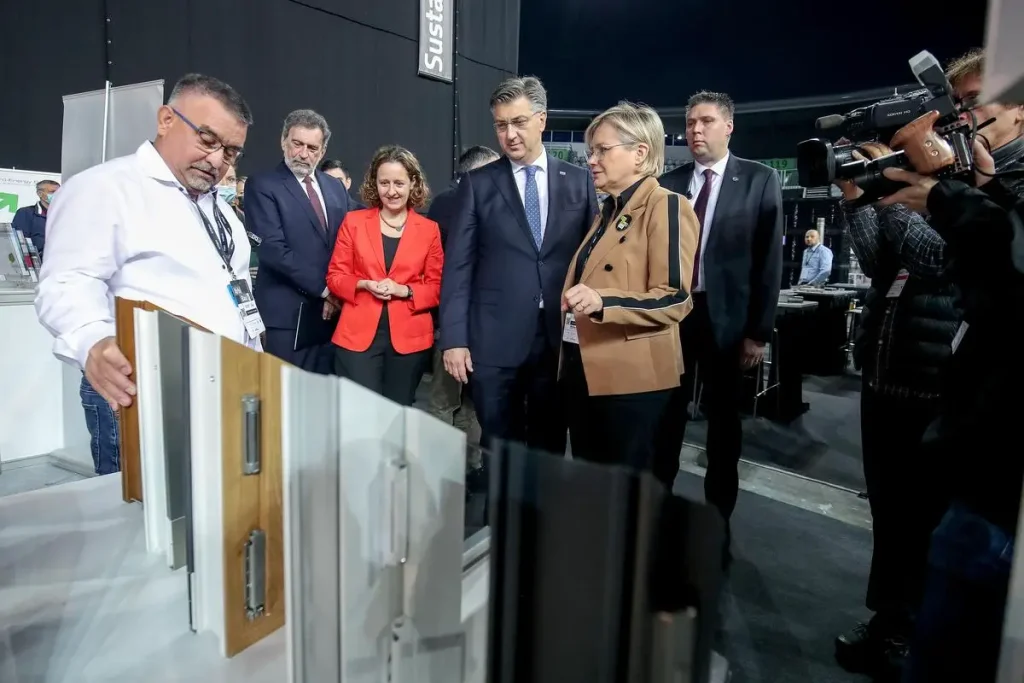The topic of the fair, open until the 9th, is “Future after the crisis based on the New European Bauhaus initiative”.
The event was opened by Prime Minister Andrej Plenković, who said it was a place where one could see the things kick-starting development processes in this decade, which he said would be a crucial decade for Croatia’s development.
As a stakeholder in the Paris climate agreement, Croatia is committed to global sustainable development goals, first of all in order to contribute to the fight against climate change and its economic and social effects, he said.
“We realize that, in line with our possibilities, we must go towards a more sustainable model of economic development, while efficiently utilizing all our natural resources and seeing to it that not one of our citizens is left out of that process.”
Plenković said the EU and Croatia were looking for their opportunity in the green and digital transformation of economies and societies. “Throughout history, Europe has always been one of the leaders of economic development and standards, first of all in arts, architecture, urban development, design.”
He said that since 2019 Europe had been aware of the moment and needs to transform for the better so as to maintain a high level of development as well as grow further, but not at the expense of the environment and living space.
“That process is long and comprehensive. The New European Bauhaus is also an important topic, launched this year as an ecological, economic and cultural project that will lead to a common conceiving of more attractive and more sustainable projects,” Plenković said, adding that the three fundamental values of the New European Bauhaus were sustainability, esthetics and decision making.
The European Green Deal covers all sectors of the economy, so a large chunk of money from the NextGenerationEU instrument will be set aside for it, he said. Commission President Ursula von der Leyen has announced €85 million for the New European Bauhaus.
“It will be interesting to see how we can include the National Recovery and Resilience Plan into what the New European Bauhaus represents today,” Plenković said.
Zagreb Mayor Tomislav Tomašević said the city administration’s goal was to develop new tools and mechanisms for the sustainable use of the city’s spaces, to upgrade physical plans with European guidelines, and to establish control mechanisms that would prevent what he called fragmented urbanism without public interest.
The focus will also be on transforming and activating abandoned and unused city properties to create good and sustainable spaces, on decongesting traffic, new mobility, the affirmation of healthy mobility, and on designating new spaces for pedestrians, Tomašević said.
Culture Minister Nina Obuljen Koržinek said the conference on the New European Bauhaus accompanying the fair was right on time, ahead of post-earthquake reconstruction and the implementation of all projects from the National Recovery and Resilience Plan that promote a Europe not dependent on fossil fuels by 2050.
For more, make sure to check out our lifestyle section.








